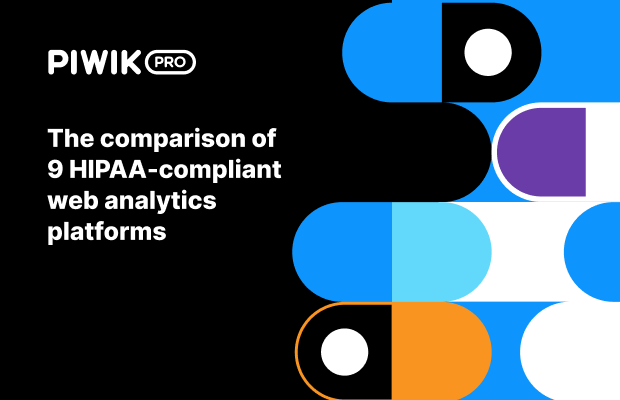Search engine optimization (SEO) is a process that increases a website’s visibility to search engine users. The goal is to increase visibility, therefore increasing website traffic/users. SEO focuses on unpaid results, also known as organic traffic.
Unpaid traffic may originate from different kinds of searches, including image search, video search, academic search or news search.
We can distinguish two types of SEO:
- On-page – all the actions performed on the website itself such as keyword optimization, headlines or using structured data.
- Off-page – all activities outside the website, e.g., link building.
As an online marketing strategy, SEO considers how search engines work, the computer-programmed algorithms that dictate search engine behavior, what people search for, the actual search terms or keywords typed into search engines, and which search engines are preferred by their targeted audience. SEO is performed because a website will receive more visitors from a search engine when websites rank higher on the search engine results page (SERP). These visitors can then potentially be converted into customers.









